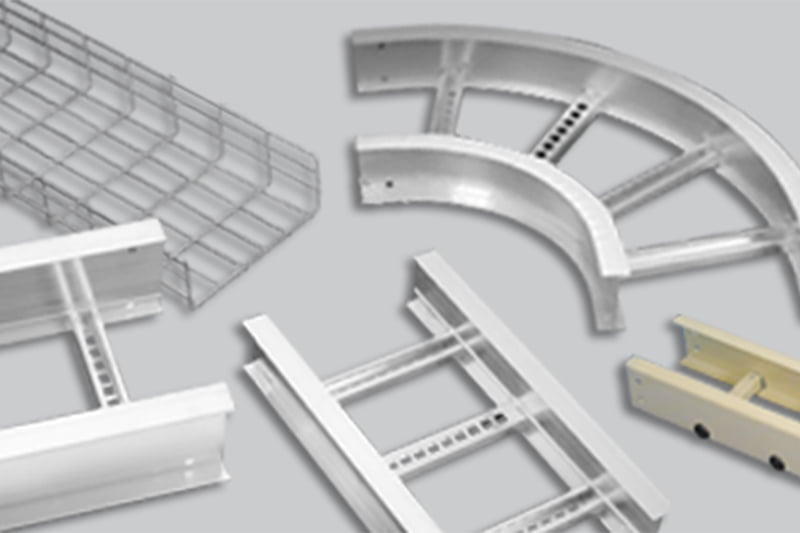
Cable Tray Installation Challenges and How To Tackle Them
Power, communication, and other types of cables under tier floors or under raised floors make a hidden part of the infrastructure that is less fun with which to deal. This article seeks to offer practical guidelines on how to manage such installations.
What is the Challenge?
Installing a cable tray can be challenging, especially if you are not familiar with the process. There are a few things that you need to keep in mind when installing a cable tray, such as the size of the opening, the clearances around the edge of the opening, and the level of the surface.
size of the opening: The opening for the cable tray should be big enough to allow for easy access and installation of the cables.
clearances around the edge of the opening: There should be enough clearance around the edge of the opening so that the cables do not get damaged during installation.
level of the surface: The surface where the cable tray will be installed should be level so that it does not wobble or move during installation.
After Cable Tray Installation: Exposed Cable Troubles
Once the cable tray is installed and the cables are in place, it’s not uncommon for there to be exposed cable troubles. This can be caused by a variety of factors, including:
- Cables that are too long and hang over the edge of the tray
- Cables that are frayed or damaged
- Cables that are improperly secured and come loose
Exposed cable troubles can be dangerous as they can cause shorts and sparks. They can also lead to tripping hazards. To avoid these problems, it’s important to make sure that all cables are properly secured and cut to the correct length before installation.
Easy Cable Tray Installations: Underground Solutions
When installing a new cable tray system, there are many potential challenges that can arise. Thankfully, there are also many ways to overcome these challenges and ensure a successful installation.
One common challenge is getting the support structure in place. This can be done by using specially designed brackets or by pouring concrete footings. Another challenge is making sure that the cable tray is level and aligned correctly. This can be achieved by using laser levels or other tools to achieve precise measurements.
Once the support structure is in place, the next challenge is installing the actual tray. This can be done by following the manufacturer’s instructions carefully. It is important to make sure that the tray is properly secured so that it does not move during use.
After the tray is installed, the final challenge is running the cables through it. This can be done by threading them through the holes or slots in the tray. It is important to make sure that the cables are not damaged during this process.
With careful planning and execution, any of these challenges can be overcome easily. By following these tips, you can ensure a successful installation of your new cable tray system.
Conclusion
Installing a cable tray can be challenging, but with the right knowledge and preparation, it can be done relatively easily. We hope that this article has given you some insights into the potential challenges you may face when installing a cable tray, as well as some tips on how to overcome them. If you have any questions or concerns, please don’t hesitate to reach out to us and we’ll be happy to help.

0 comments
Write a comment